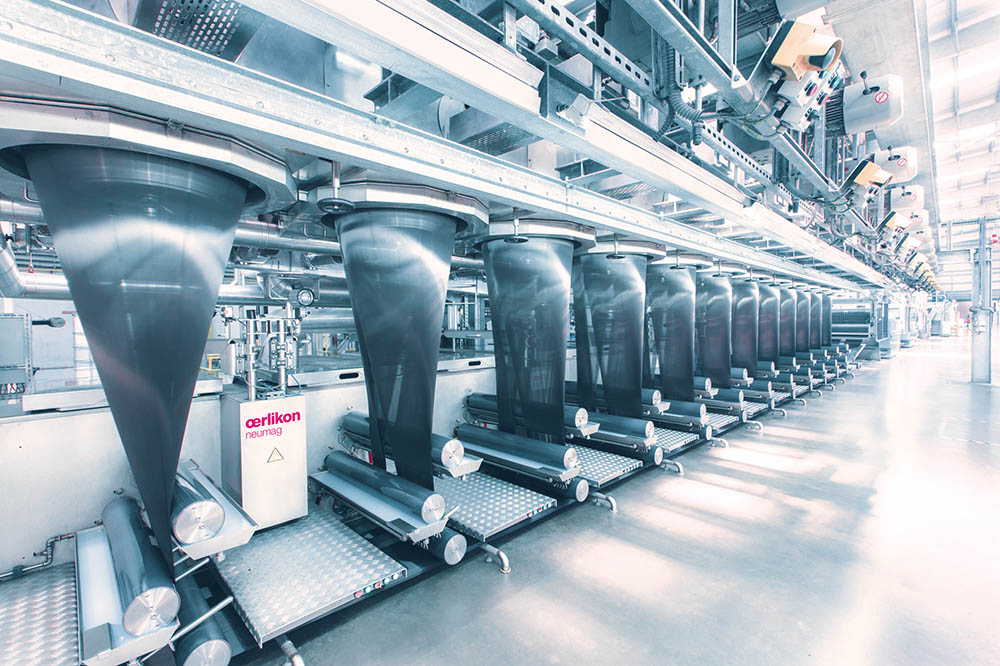Hot Topics

Viscose pulp prices at historical lows
The current price of hardwood viscose pulp in China is $650/tonne. This is the lowest price in real (inflation-adjusted) terms in at least the last 20 years, and probably an …

Despite a declining share, staple fibers remain a big piece of the global fiber market
Staple fibers hold a large share of the global fiber market, with last year’s output comprising about 57 million tonnes in a total market size of almost 106 million tonnes. …

Student Spotlight: Morphological structure of wool from different breeds
Subhadeep Paul is pursuing his Ph.D. in Technical Textiles at the Technical Textiles Research Centre, University of Huddersfield. Paul came to Huddersfield after completing his undergraduate and master’s degrees in …

Legislation poised to boost demand for Lenzing’s lyocell fibers
In June 2019, Lenzing announced plans to establish what will be the largest lyocell cellulosic fiber plant in the world, with an annual capacity of 100,000 tons. To be located …

Bio-based fibers with improved properties for clothing applications
Most fabrics currently available on the market are made of natural fibers, such as cotton and wool, and polyester (PES) blends. With the aim of finding a more sustainable material to produce clothing, polylactic …

